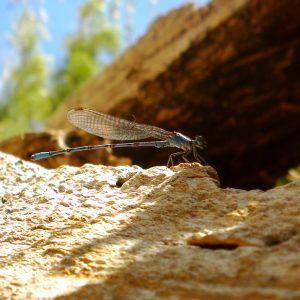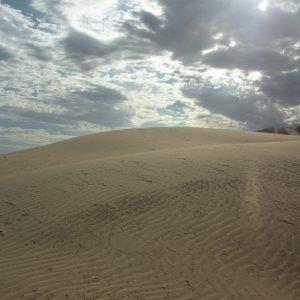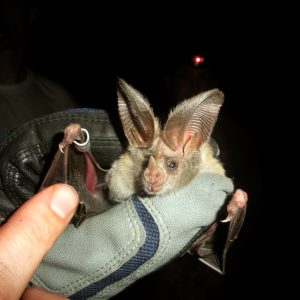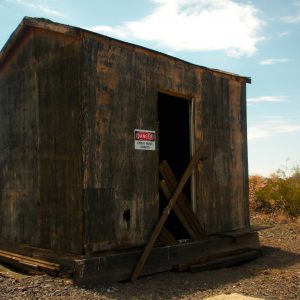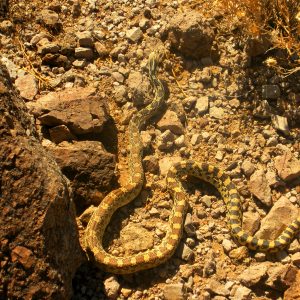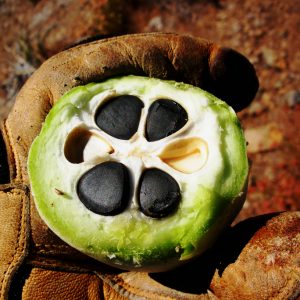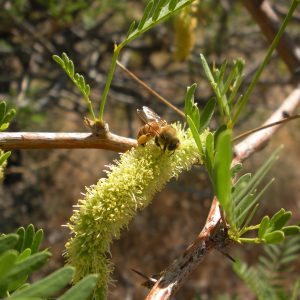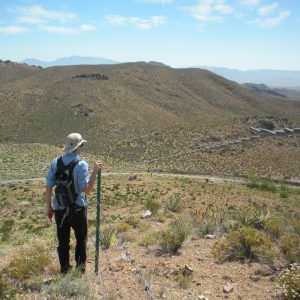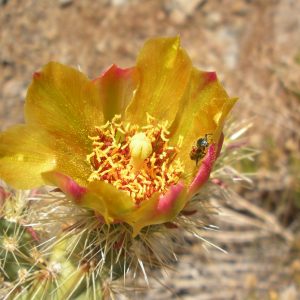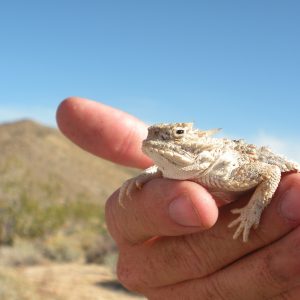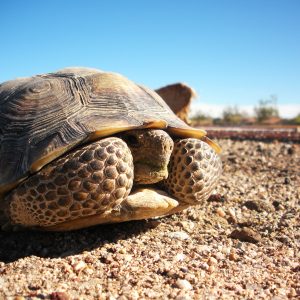I find it hard to believe that 5 months have passed. It feels awkward to walk out the front door and feel a cool breeze rather than a sweltering heat wave. Moving from Chicago to Southeast California was a definite shock when the internship began. Reflecting upon my experiences out west I can say that I feel less anxious and irritable. I have retained some cynicism but nonetheless I am at ease when talking with my superiors and working in groups. My time in the BLM office has definitely prepared me for a job in the future where I will have to work with people who may or may not share common values. As a professional I feel that I have gained a great deal of experience doing independent work. There were many occasions when I had to work solo in the field with little information about where I was venturing. Every time I drove out of the office parking lot in the work vehicle was taking a great risk. The venomous snakes, summer heat and abandoned mine shafts were always looming threats. As tacky as it may sound, I feel like more of a man after the internship.
Rewarding experiences that stand out would have to include my bat surveys with expert Patricia Brown. I partnered with Pat on more than ten occasions to visit abandoned mines and track bat entries and exits with night vision. Not only did I have the joy of using expensive, militaristic equipment but I also witnessed some fascinating bat behavior. I don’t know many people who can say that they have worked this closely with flying, nocturnal mammals. The rattlesnakes that scared me while navigating dark mountainsides with only a headlamp also added to the fun. Another rewarding experience was the day I substituted our front desk man Murl. I talked to visitors from all around the country (many who were driving route 66 to LA) as well as some Europeans who were exploring “the land of gold and cowboys”. It was a challenge to describe a region that I was only beginning to understand to these visitors, but it brought satisfaction that I made their trip less confusing and more exciting. Last but not least I cannot stress how great the Grand Canyon workshop was. I wish I could see the other interns again because many of them felt like old friends despite only knowing them for five days or more. The smores cookout, the ethnobotany class and the weekend hike down to the bottom of Grand Canyon are all moments I will cherish. New interns that do not attend the workshop will surely miss out.

